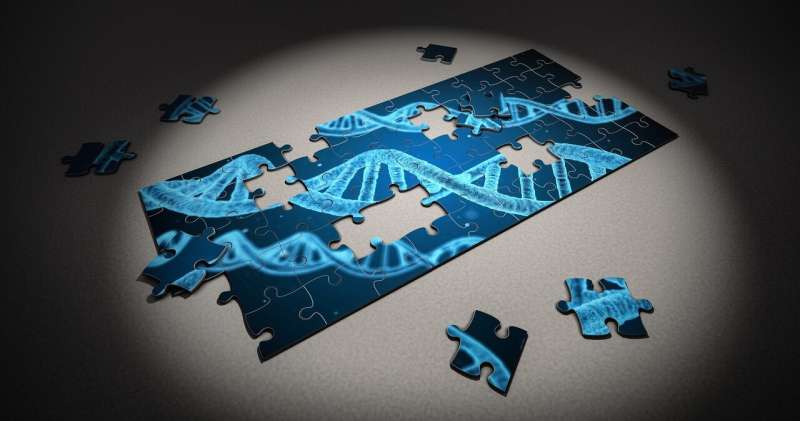August 22, 2019 report
Researchers use single-cell sequencing to get a better look at human embryo implantation

A team of researchers affiliated with multiple institutions in China has used single-cell sequencing to learn more about the human embryo during implantation in the uterus. In their paper published in the journal Nature, the group describes sequencing thousands of human embryo cells from before, during and after implantation, and what they learned from it.
Shortly after a sperm fertilizes an egg, the egg attaches itself to the lining of the uterus. This allows the embryo to receive oxygen and nutrients from the mother. In this new effort, the researchers took a cellular look at what happens during this critical time in human reproduction.
To learn more about what happens during the implantation process, the researchers fertilized 65 human eggs and allowed them to grow in an in vitro culture system. This allowed them to study thousands of cells before, during and after they started the implantation process.
The researchers began their study by carrying out a type of single-cell sequencing called scTrio-seq on approximately 2000 embryo cells prior to implantation (six days after fertilization). They next carried out similar sequencing on an additional 9000 cells just after implantation. Then they carried out 3200 cell comparisons of different primitive lineages.
The researchers report that they found re-methylation after implantation sooner in some primitive cells than in others. They were also able to track the process of X chromosome inactivation in female embryos. They report also that they were able to follow transcriptional shifts, see activity in cell lineages and to follow regulatory network changes. And they were able to learn more about DNA methylation dynamics and cellular features in general as cells participated in the implantation process. They further report that precursor lineages developed differently and that there were some stepwise implantation routes as part of development. They also found evidence of cells preparing for interactions between the embryo and the mother during the implantation process.
The researchers acknowledge that there may be differences in the implantation process for in vivo versus in vitro systems but suggest their work created a path towards better understanding the process nonetheless.
More information: Fan Zhou et al. Reconstituting the transcriptome and DNA methylome landscapes of human implantation, Nature (2019). DOI: 10.1038/s41586-019-1500-0
© 2019 Science X Network



















